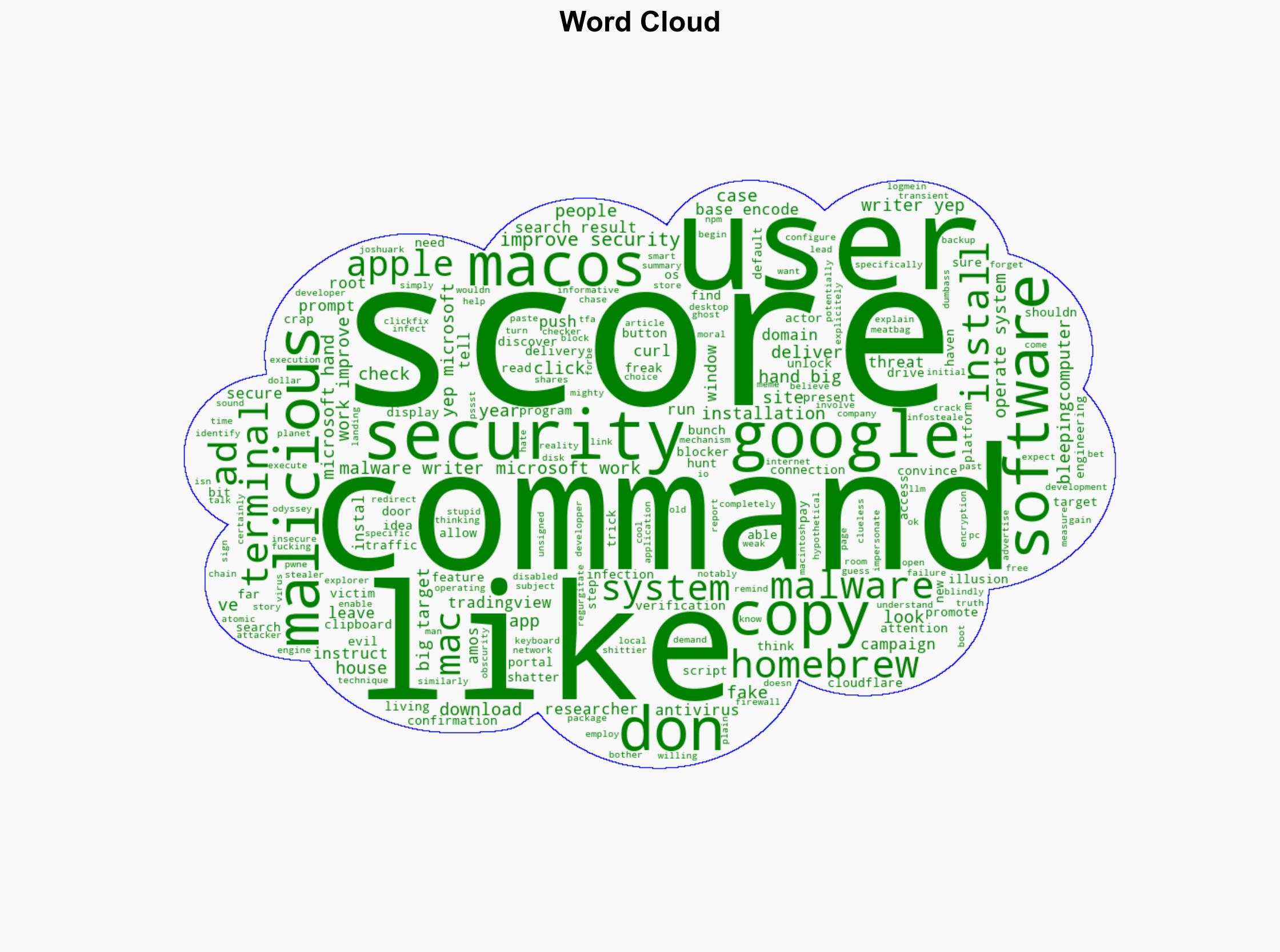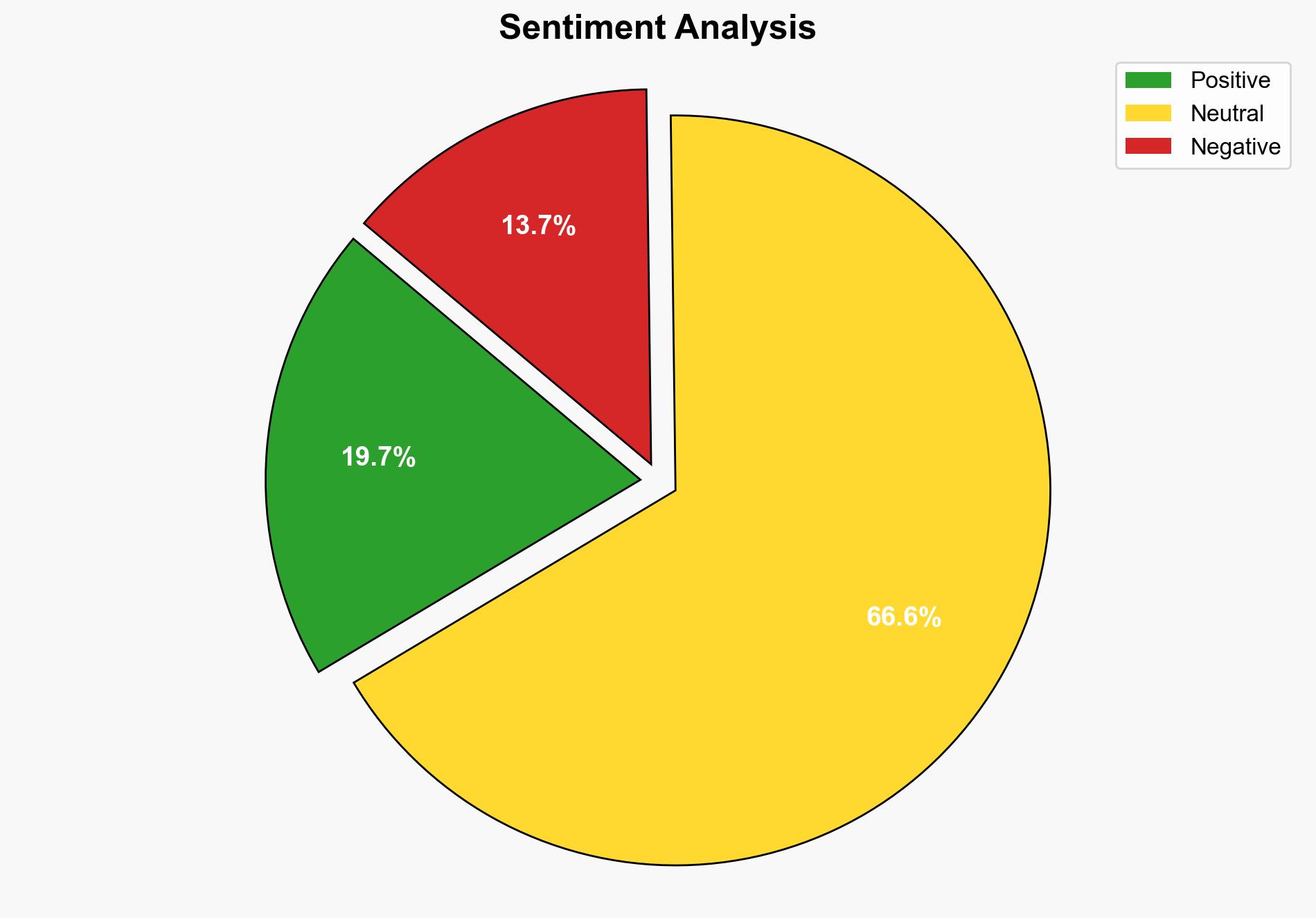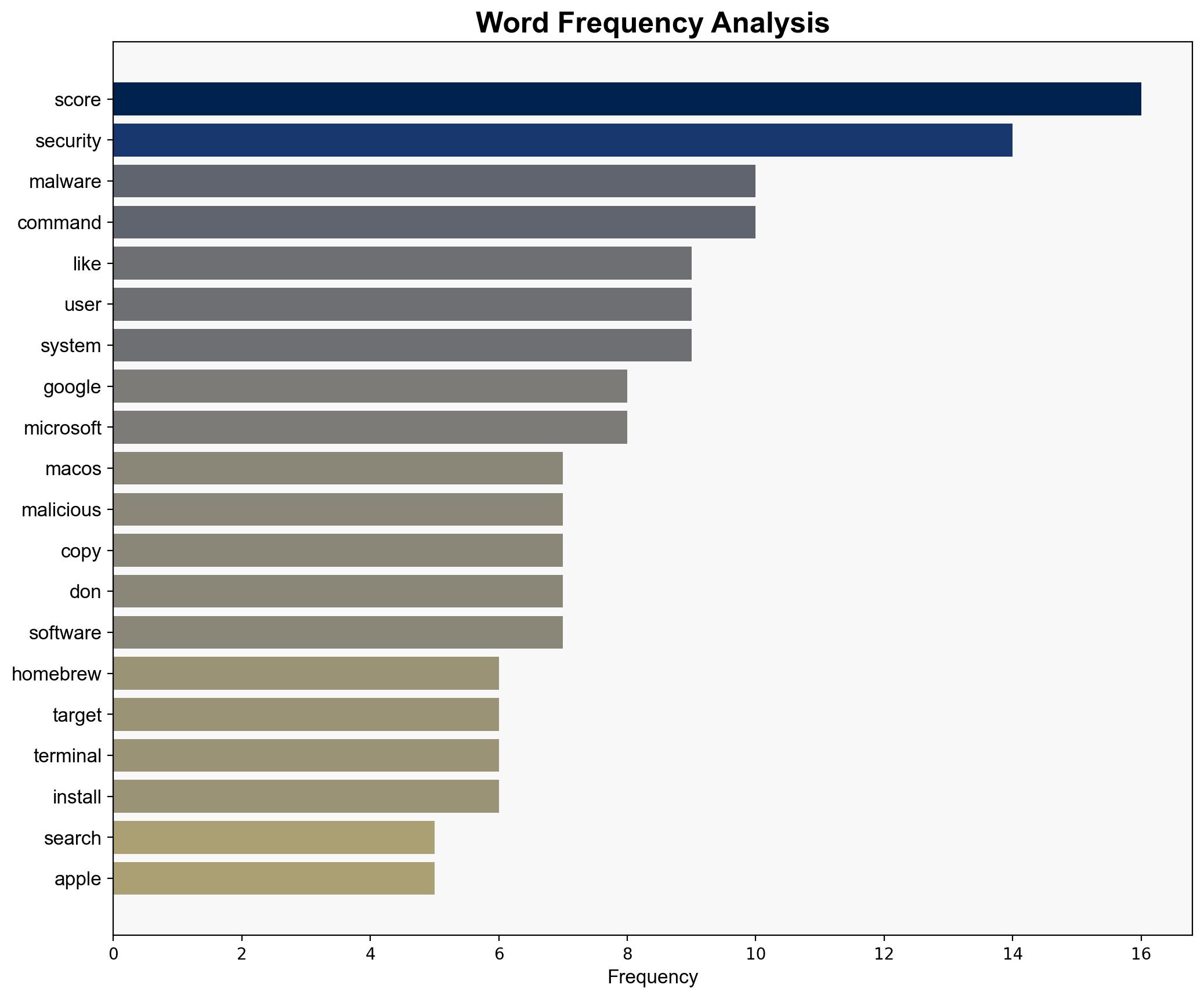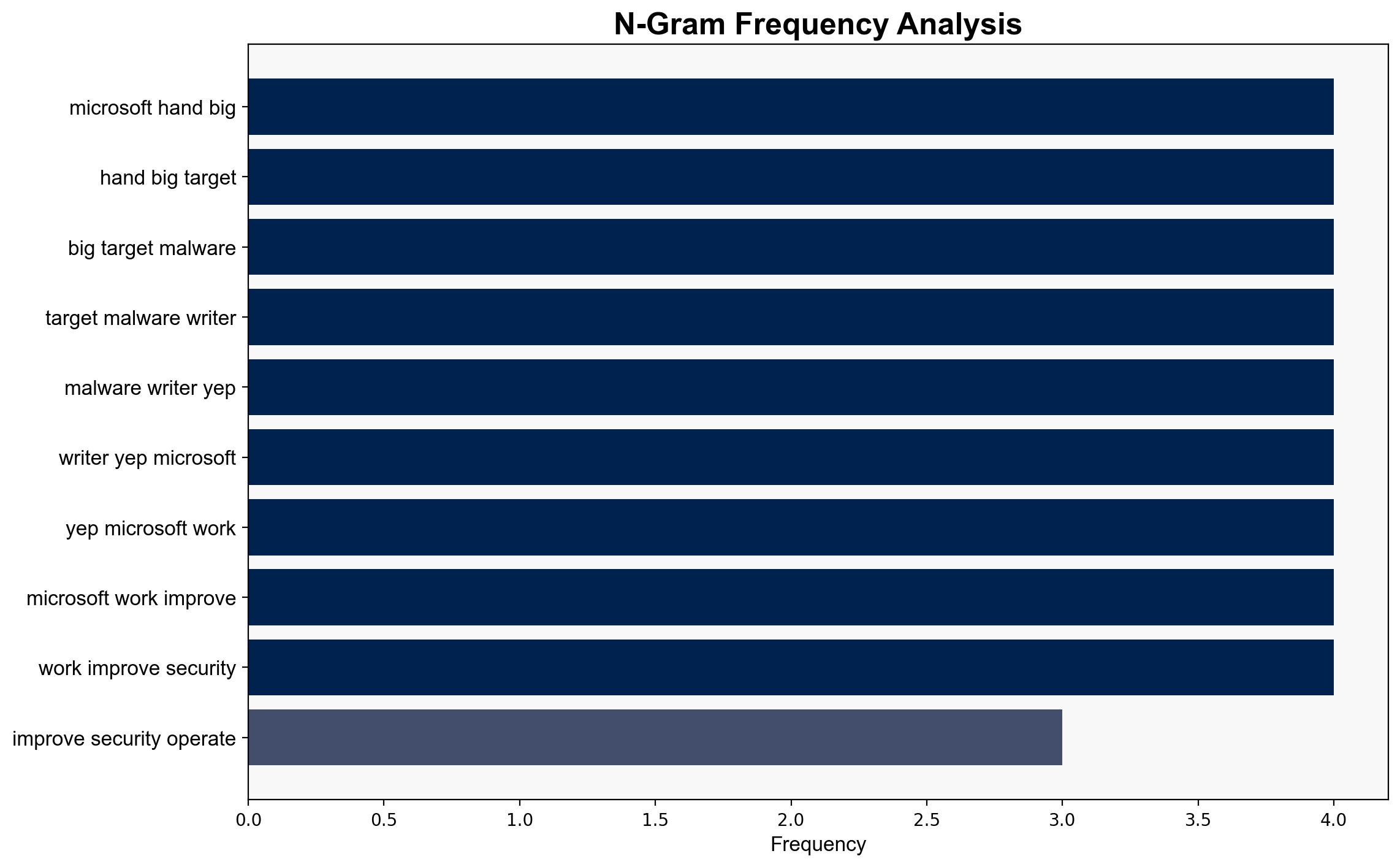Fake Homebrew Google Ads Push Malware Onto macOS – Slashdot.org
Published on: 2025-10-22
Intelligence Report: Fake Homebrew Google Ads Push Malware Onto macOS – Slashdot.org
1. BLUF (Bottom Line Up Front)
The most supported hypothesis is that threat actors are exploiting Google Ads to distribute malware targeting macOS users by impersonating legitimate platforms. This campaign leverages social engineering tactics to trick users into executing malicious commands. Confidence level: Moderate. Recommended action: Enhance user awareness and tighten ad verification processes on major platforms.
2. Competing Hypotheses
1. **Hypothesis A**: Threat actors are using Google Ads to impersonate legitimate platforms like Homebrew and TradingView to distribute malware targeting macOS users. This involves sophisticated social engineering to bypass user security awareness.
2. **Hypothesis B**: The campaign is a broader attempt to exploit perceived macOS security complacency, using fake ads as one of several vectors to distribute malware, with the goal of gathering sensitive information from a wide user base.
Using ACH 2.0, Hypothesis A is more supported due to specific evidence of impersonation and the use of Google Ads as a primary delivery mechanism. Hypothesis B lacks direct evidence of multiple vectors being employed in this specific campaign.
3. Key Assumptions and Red Flags
– **Assumptions**: Users are generally unaware of the risks associated with executing commands from unverified sources. Google Ads verification processes may not be sufficiently robust.
– **Red Flags**: The reliance on user action (copying and pasting commands) suggests a potential underestimation of user security awareness. The absence of detailed technical analysis on the malware’s capabilities is a blind spot.
– **Cognitive Bias**: There may be an overreliance on the perceived security of macOS, leading to complacency.
4. Implications and Strategic Risks
– **Cybersecurity Risk**: Increased sophistication in social engineering tactics could lead to broader adoption and adaptation by other threat actors.
– **Economic Impact**: Potential financial losses for affected users and reputational damage to platforms like Google if ad verification is perceived as inadequate.
– **Psychological Impact**: Erosion of trust in digital advertising and perceived security of macOS systems.
– **Escalation Scenarios**: If unchecked, similar campaigns could target other operating systems or leverage different social engineering tactics, increasing the scope and impact of cyber threats.
5. Recommendations and Outlook
- Enhance user education on the risks of executing unverified commands and the importance of verifying sources.
- Encourage platforms like Google to strengthen ad verification processes to prevent impersonation.
- Develop and disseminate detection tools for identifying and mitigating this specific malware.
- Scenario Projections:
- **Best Case**: Improved ad verification and user awareness significantly reduce the effectiveness of such campaigns.
- **Worst Case**: Failure to address these vulnerabilities leads to widespread malware infections and significant data breaches.
- **Most Likely**: Incremental improvements in security awareness and ad verification reduce, but do not eliminate, the threat.
6. Key Individuals and Entities
– JoshuaRK (report contributor)
– BleepingComputer (source of the report)
– Hunt.io (researcher involved in identifying the campaign)
7. Thematic Tags
national security threats, cybersecurity, social engineering, macOS vulnerabilities





